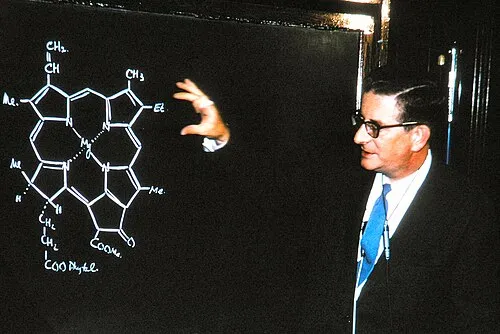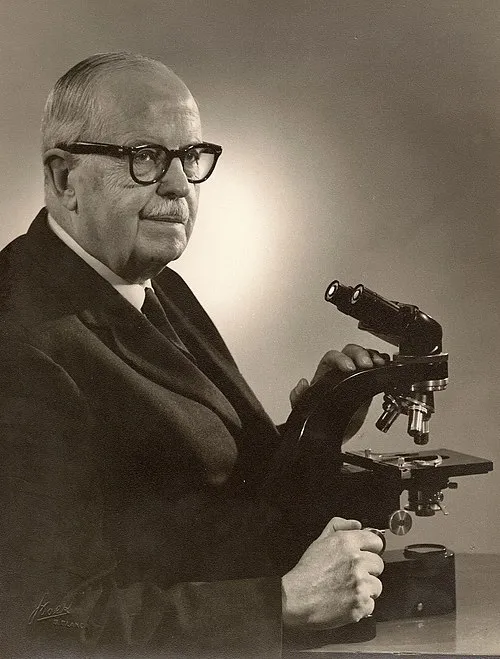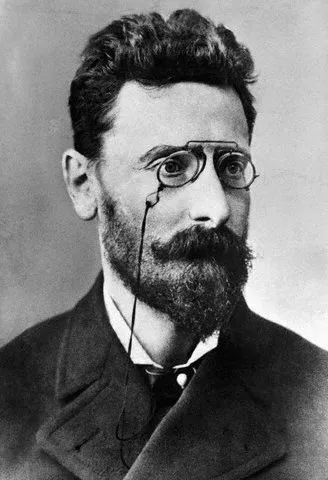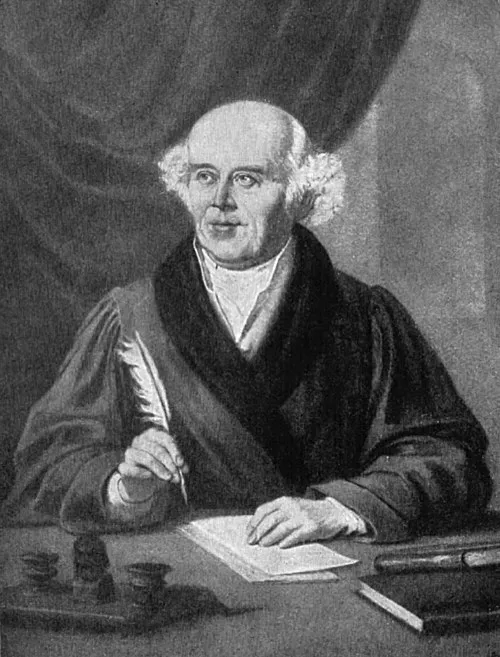
Name: John Houbolt
Nationality: American
Profession: Engineer and academic
Birth Year: 1919
Death Year: 2014
Notable Contribution: Pioneered the lunar orbit rendezvous concept for the Apollo program
1919 – John Houbolt, American engineer and academic (d. 2014)
The Lunar Orbit Rendezvous Concept
In the early 1960s, Houbolt proposed the LOR concept at a time when NASA was debating the best method for landing astronauts on the Moon. The traditional approach involved a single spacecraft descending to the lunar surface, which posed numerous technical challenges. Houbolt’s innovative idea suggested that a spacecraft could enter lunar orbit, and then a smaller vehicle could detach, land on the Moon, and return to the orbiter for the journey back to Earth.
This method not only reduced the weight of the spacecraft but also made the mission significantly more feasible. Despite facing initial resistance from some of NASA’s top engineers and managers, Houbolt's persistence and advocacy for LOR ultimately led to the adoption of his strategy, which proved successful with the Apollo 11 mission in 1969.
A Legacy of Innovation
Throughout his career, Houbolt was recognized for his innovative thinking and problem-solving capabilities. He contributed to several NASA missions beyond Apollo, including the space shuttle program and the development of various atmospheric entry systems. His work has had lasting implications on aeronautics and astronautics, influencing generations of engineers and scientists.
After retiring from NASA, Houbolt continued to contribute to the field of aerospace engineering through teaching and consulting. He held academic positions, sharing his knowledge and experience with students who would become the next generation of space explorers.
The Legacy of John Houbolt: An Unlikely Hero of the Space Age
Born into a world grappling with the aftermath of World War I, John Houbolt entered this life in 1919. He grew up in a suburban landscape that buzzed with the energy of innovation and the promise of new beginnings. Little did he know, his journey would eventually propel humanity into the depths of space.
As a child, he was fascinated by how things worked. His parents encouraged his curiosity, providing him with tools and materials to tinker with. Despite living through the Great Depression, which constrained resources for many families, John’s inventive spirit thrived amidst adversity. Perhaps it was during these formative years that he developed an insatiable desire to explore unknown frontiers an urge that would later lead him to revolutionize space travel.
However, his academic path wasn’t straightforward. After graduating from high school in 1937, Houbolt enrolled at the University of Illinois at Urbana-Champaign for civil engineering but soon found himself drawn to aeronautical engineering instead a decision that seemed fateful as aviation technology was on the cusp of exploding during World War II.
Ironically, while other students rushed to enlist in military service during wartime, John devoted himself to education and graduated with a Bachelor’s degree in 1941. This dedication paid off when he landed a job at NACA , which would later evolve into NASA an organization pivotal to America’s quest for lunar exploration.
During his early years at NACA, Houbolt contributed significantly to several aeronautical projects; yet it was not until NASA's Apollo program began taking shape that his most notable contributions emerged. In an era dominated by conventional thinking about rocket design and mission architecture where large spacecraft were seen as the only solution Houbolt dared to think differently.
In 1960s America the Cold War loomed large on the horizon; space exploration became a matter not just of scientific curiosity but national pride and competition against Russia's advances in technology.
The Lunar Module Proposal
As scientists debated various methods for landing humans on the Moon while returning them safely back home afterward, Houbolt championed an idea that met resistance from many leading figures within NASA: using a lunar module (LM) detached from a command module (CM) instead of relying solely on one massive spacecraft capable of both functions.
This approach faced skepticism not least because it challenged established norms within aerospace engineering circles but Houbolt remained undeterred! He argued passionately about its practicality; after all... sending two separate modules could reduce weight significantly and make launch dynamics more efficient! The logic seemed clear: Why try making one giant vehicle do everything when two smaller ones could work together?
A Turning Point
Despite facing pushback from powerful voices like Wernher von Braun the legendary rocket scientist who favored integrated spacecraft designs Houbolt managed through sheer determination to secure critical meetings where he articulated his vision clearly and persuasively.
The key moment came during a NASA meeting in 1962 when he presented detailed plans outlining how utilizing separate modules would enhance mission safety while also reducing risks associated with potential failures onboard such intricate machinery! This meeting proved pivotal; eventually winning over enough support shifted attitudes towards considering alternate methods seriously!
This change marked not only personal victory but also collective progress a nod toward embracing innovative solutions rather than rigid adherence tradition-bound frameworks all thanks largely due Houbolt’s tireless advocacy!
The Apollo Missions Take Flight
With newfound enthusiasm backing him up and iron-clad belief supporting them too the designs were finalized incorporating John’s vision! Fast forward only six years later… On July 20th,1969 Neil Armstrong took “one small step” onto lunar soil aboard Apollo 11 the culmination hard work reflecting dreams dared pursued!
The successful landing validated everything involved across myriad teams engaged it showcased incredible human ingenuity transcending physical boundaries alike atmosphere itself yet more importantly signifying shared aspirations uniting nations together despite political rifts tearing apart otherwise cooperative alliances elsewhere...
A Lasting Impact
Soon after achieving historic feat reaching moon surface… Souvenirs floated freely alongside massive celebrations around globe honoring achievements made then---nations competing openly no longer purely warring adversaries struggling against cultural differences separating them…but rather partners collaborating united driven ambitions reaching new heights encountered previously unseen horizons traversed before unknown territories explored anew once thought impossible mere decades prior...










